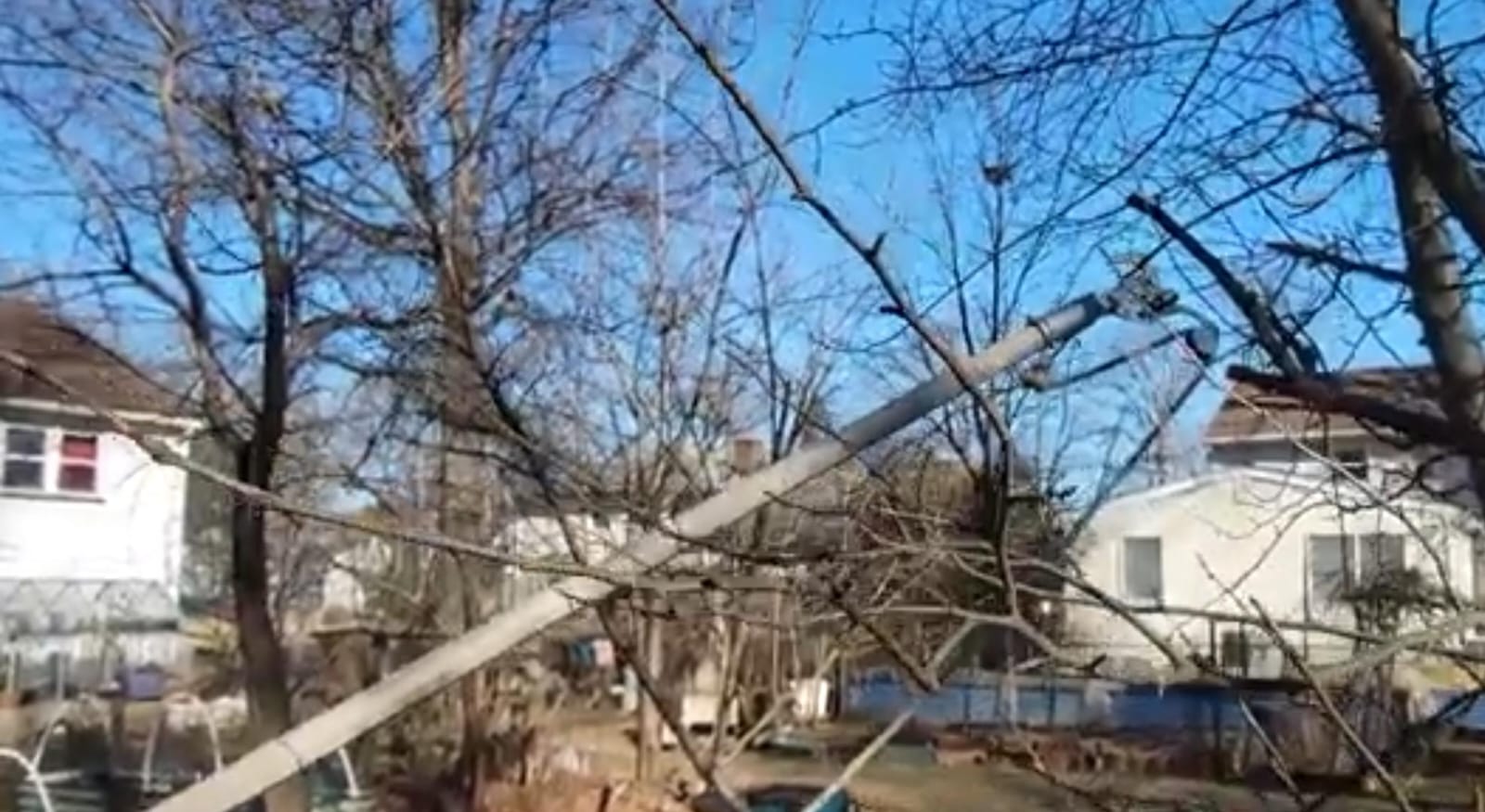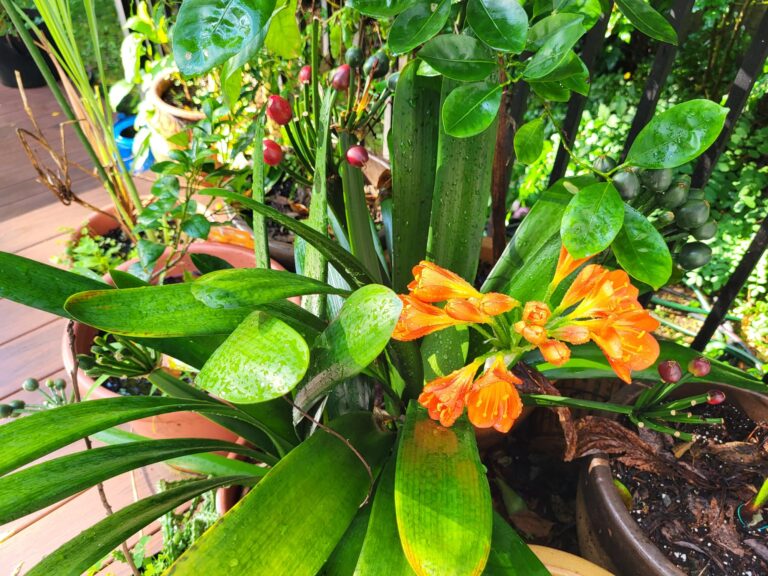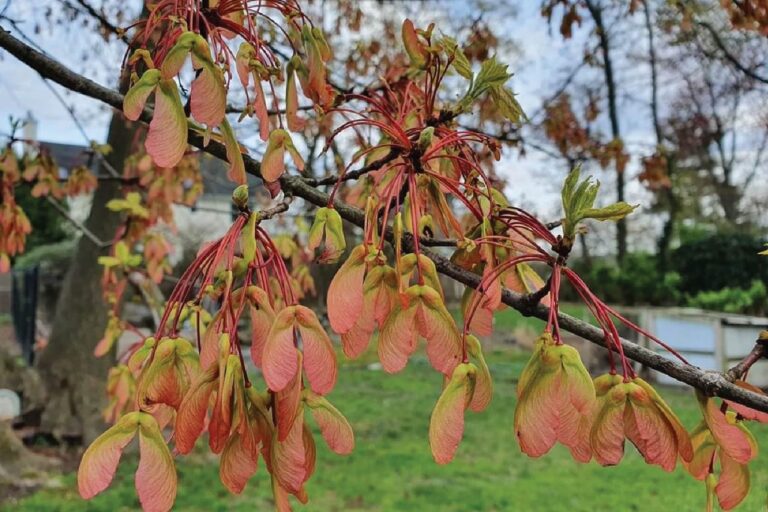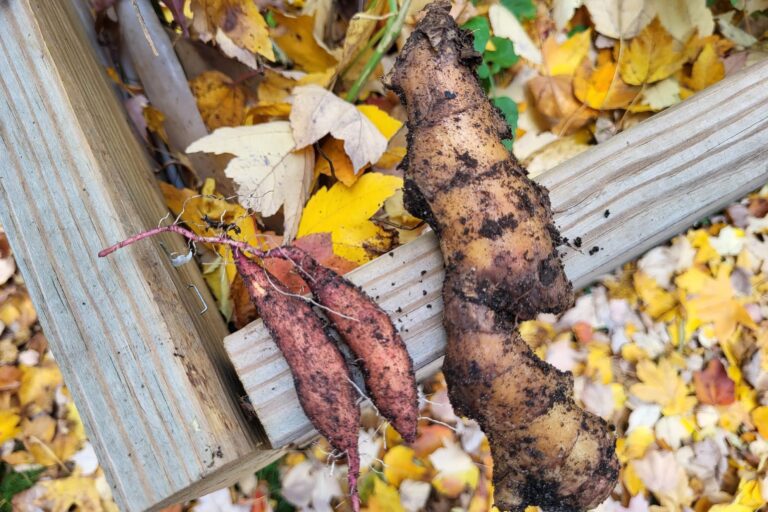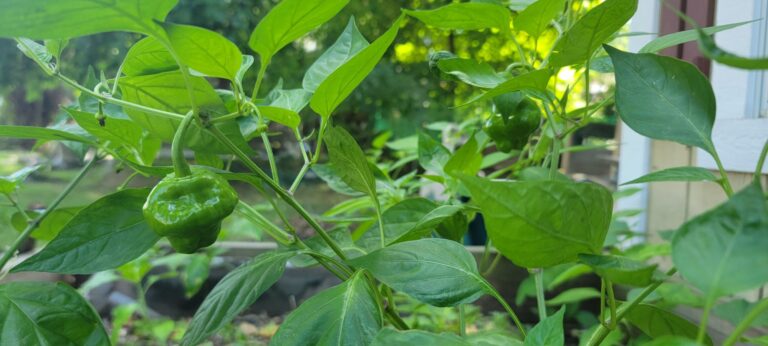Pruning: 5 Catastrophic Mistakes to Avoid
Introduction
Pruning is not just a routine task; it’s a vital horticultural practice that beautifully blends science and artistry. By skillfully trimming plants, we can foster their healthy growth, enhance their productivity, and elevate their visual appeal. To truly thrive in caring for fruit trees, ornamental plants, and shrubs, it’s crucial to grasp the biological principles at play and embrace the best techniques. When done right, pruning can transform your garden into a lush, vibrant oasis! This guide looks into the concepts of pruning, including its physiological effects, procedures, tools, and timing for different plant species.
Understanding the Biology Behind Pruning
Pruning affects plant physiology by changing growth patterns, enhancing structure, and reducing disease risk. The mechanism is essentially based on two plant hormones: auxins and cytokinins.
- Auxins produced in shoot tips control apical dominance, preventing lateral buds from growing excessively. Removing the terminal bud disturbs this equilibrium, promoting side development
- Roots produce cytokinins, which promote cell division and growth. When a plant is pruned, cytokinin activity increases, which promotes bud development and regeneration.
Additionally, pruning enhances light penetration and air circulation, reducing humidity-related diseases and fostering robust photosynthesis.
The Benefits of Pruning
- Plant health: Pruning improves plant health by removing dead, diseased, or damaged branches, which reduces susceptibility to diseases and pest infestation
- Increased Yield – Pruning in fruit-bearing trees and vegetables directs energy away from excessive foliage and toward excellent fruit and blossom development
- Structural Integrity: Trees with weak or crossed branches are prone to breaking. Proper pruning strengthens a sturdy framework, especially in young trees
- Aesthetic Improvement: A well-pruned plant has a balanced, visually appealing shape that complements landscape design
- Improved Air Circulation and Sunlight Penetration: Thinning dense canopies reduces fungal disease and promotes even growth throughout the plant.
Types of Pruning Cuts
1. Heading Cuts
Heading is an exciting horticultural technique that involves skillfully trimming a branch back to a specific bud or lateral growth point. This not only enhances the plant’s overall structure but also encourages it to develop a denser, bushier form. By snipping off the tip of the branch, you redirect the plant’s energy away from that stem and channel it toward the remaining buds. This stimulation prompts these buds to spring into action, resulting in a fuller and more vibrant appearance.

But that’s not all! Heading also enhances the aesthetic quality of your plants while promoting healthier growth by ensuring a balanced distribution of nutrients. Plus, it provides you with the tools to shape your plants and keep their size in check, making it an indispensable technique for both novice gardeners and seasoned landscapers alike. Embrace heading to unleash the full potential of your green companions!
2. Thinning Cuts
Thinning is an artful technique that involves skillfully removing entire branches right at their origin on a tree. This method works wonders in reducing the density of the canopy, allowing sunlight to dance through and nurture the lower layers of the vegetation beneath. By selectively thinning branches, this practice not only curbs excessive regrowth but also helps the tree maintain a graceful, balanced shape, promoting healthier growth patterns overall.

Moreover, thinning enhances air circulation within the canopy, resulting in a breath of fresh air for the tree and its surrounding plants. By reducing competition for vital resources, it paves the way for a thriving ecosystem, making the entire landscape healthier and more vibrant. Embracing this technique can transform your trees into stunning natural masterpieces!
3. Pinching
Pinching is a fantastic horticultural technique that can transform your herbaceous plants into lush, vibrant specimens! By gently snipping off the delicate tips of the shoots, you encourage the plant to channel its energy into side growth, resulting in a fuller and bushier appearance. This simple act breaks the apical dominance of the terminal buds, paving the way for multiple branches to flourish.
The results? A denser canopy of foliage not only looks stunning but also promotes the overall health of the plant! With better light penetration and improved air circulation, your plants will thrive like never before. Regular pinching at key stages of growth can truly elevate the structure and flowering potential, ensuring your garden is bursting with life and color throughout the season. Give it a try, and watch your plants reach their full potential.
4. Deadheading
Unlock the secret to a more vibrant garden with the art of deadheading! This simple yet powerful gardening technique involves snipping away those tired, faded flowers, and the benefits are truly remarkable. By removing spent blooms, you’re not just tidying up your plants; you’re encouraging them to extend their blooming season.
When you deadhead, you’re preventing your plants from wasting energy on seed production and instead guiding that precious energy toward new growth and more beautiful flowers. The result? A garden bursting with color and vitality showcases a stunning display throughout the entire growing season. So, grab your garden shears and watch your plants thrive like never before!
5. Crown Reduction
Crown reduction is a fascinating horticultural technique designed to trim down the height and spread of a tree’s canopy while keeping its structural integrity and overall health intact. This method is especially beneficial for trees that have become overgrown or have endured damage from storms, which can pose serious risks to their stability.
By carefully shortening the branches and reducing the tree’s size, skilled arborists can enhance its aesthetic appeal and ensure it remains a safe and beautiful part of the landscape. This process not only improves the visual harmony of your surroundings but also promotes healthier growth patterns. As light can penetrate more easily and airflow circulates better within the canopy, the entire ecosystem benefits, including the plants and wildlife nearby.
However, it’s important to remember that crown reduction should always be performed by a seasoned professional. Their expertise is crucial in preventing any harm to the tree and promoting its long-term vitality. Embracing this technique means not just managing a tree but nurturing its potential in a thriving environment.
Pruning Techniques by Plant Type
1. Trees
- Deciduous trees are best pruned in late winter, when they are dormant, to ensure a strong framework for spring development
- Evergreens require minimal pruning, which is primarily limited to the removal of broken or diseased branches
- Fruit trees benefit from regular thinning because it directs resources to fewer, well-spaced branches, resulting in larger, higher-quality fruits
2. Shrubs
- Flowering Shrubs: Spring-blooming kinds should be clipped immediately following flowering, but summer-blooming shrubs benefit from late winter pruning
- Trimming hedges regularly helps to preserve density and shape, preventing overgrowth
3. Vines and Climbers
Pruning is like giving your plants a refresh—cutting back the excessive tangling opens up the branches for better airflow while encouraging more vibrant flower production. Moreover, training your vines on trellises not only keeps them organized but also gives them the sturdy support they need to thrive. It’s a win-win for both the plants and your garden!
4. Perennials and Annuals
Revitalize your garden by practicing the art of deadheading—removing those faded flowers keeps your plants looking their best but also encourages more blooms to flourish! And don’t forget about pruning; snipping away old stems breathes new life into your plants, boosting their overall strength and beauty. With a little care, your garden can be a vibrant display all season long!
My other blogs can help you more.
Choosing the Right Tools
Using suitable instruments ensures that clean cuts heal efficiently.
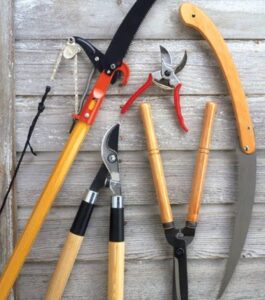
- Hand pruners (Bypass and Anvil) are ideal for short branches and delicate cuts
- Loppers are ideal for thicker branches up to 2 inches in diameter
- Pruning Saws: Used for huge branches when hand tools are ineffectual
- Hedge Shears: Used to shape hedges and topiary plants
- Pole pruners: Increase reach for high branches without using a ladder
Keeping instruments sharp and sterilized reduces disease transmission and improves precision.
The Timing of Pruning
Correct timing improves plant health and yield.
- Winter (Dormant Pruning): Encourages rapid spring growth, particularly in fruit trees and deciduous plants
- Spring (Corrective Pruning): removes winter damage and adjusts structure before active growth
- Summer (Growth Control): Excellent for halting aggressive growth and improving shape
- Fall (Minimal Pruning): Generally discouraged since cuts may not heal before winter dormancy
Common Pruning Mistakes to Avoid
- Over-pruning: Removing too much leaf at once damages plants, limiting their ability to photosynthesize
- Improper Cuts: Cutting too close or too far from a bud or branch collar slows recovery and invites disease
- Pruning at the Wrong Time: Timing errors can disrupt flowering and fruiting, resulting in poorer yields
- Using Dull or Dirty Instruments: Unclean instruments propagate illnesses, and blunt blades inflict additional damage
- Ignoring structural weaknesses leads to future breakage.
Conclusion
Pruning is more than just a gardening chore; it’s a vital art that can elevate the health, yield, and beauty of your plants. When done with care and knowledge, pruning nurtures strong, resilient growth that breathes life into any garden. By diving into the fascinating world of plant physiology and mastering the right techniques and tools, gardeners can craft stunning landscapes or sumptuous orchards. Embrace the science of pruning and watch as your outdoor space transforms into a vibrant tapestry of lush foliage and abundant blooms!

